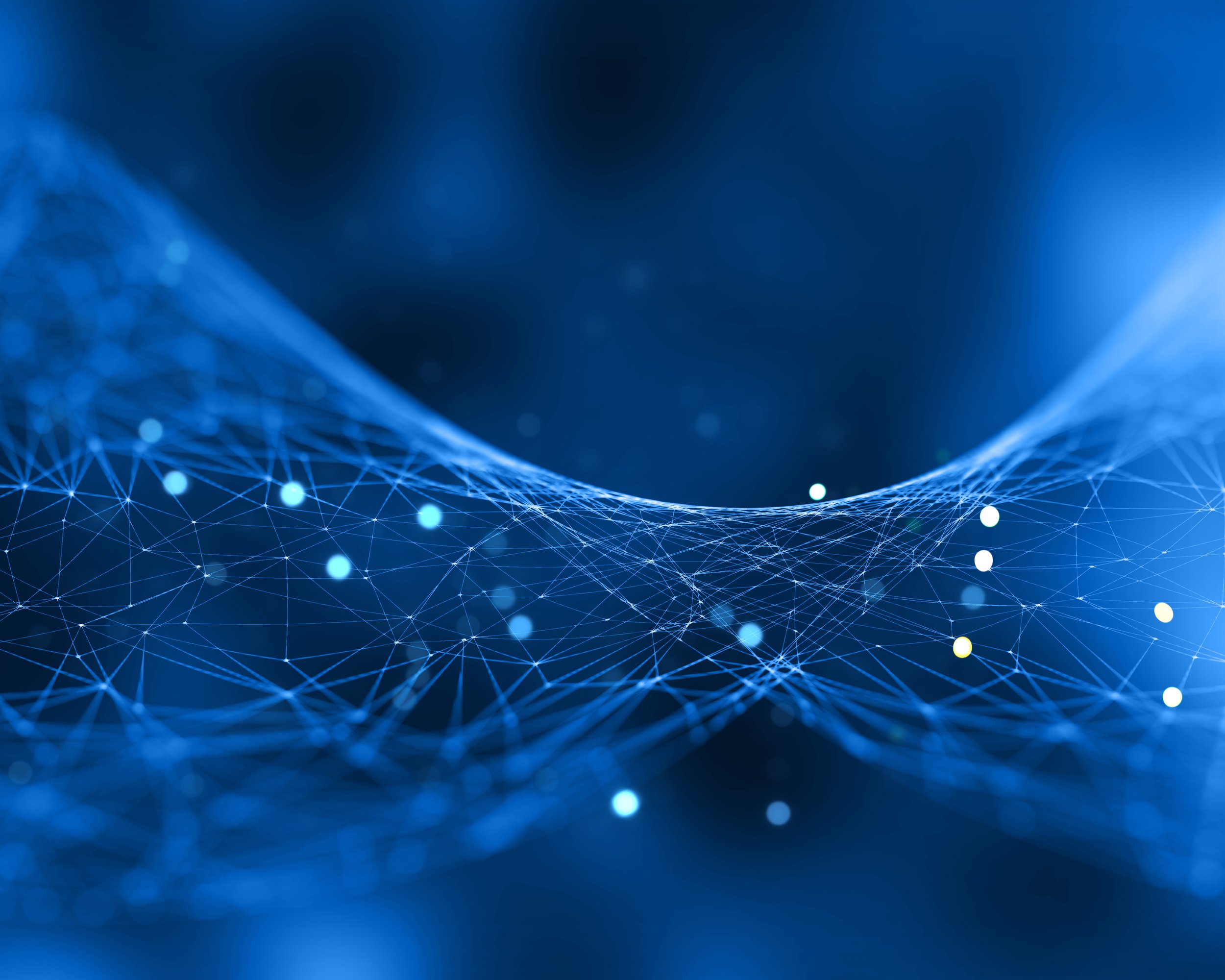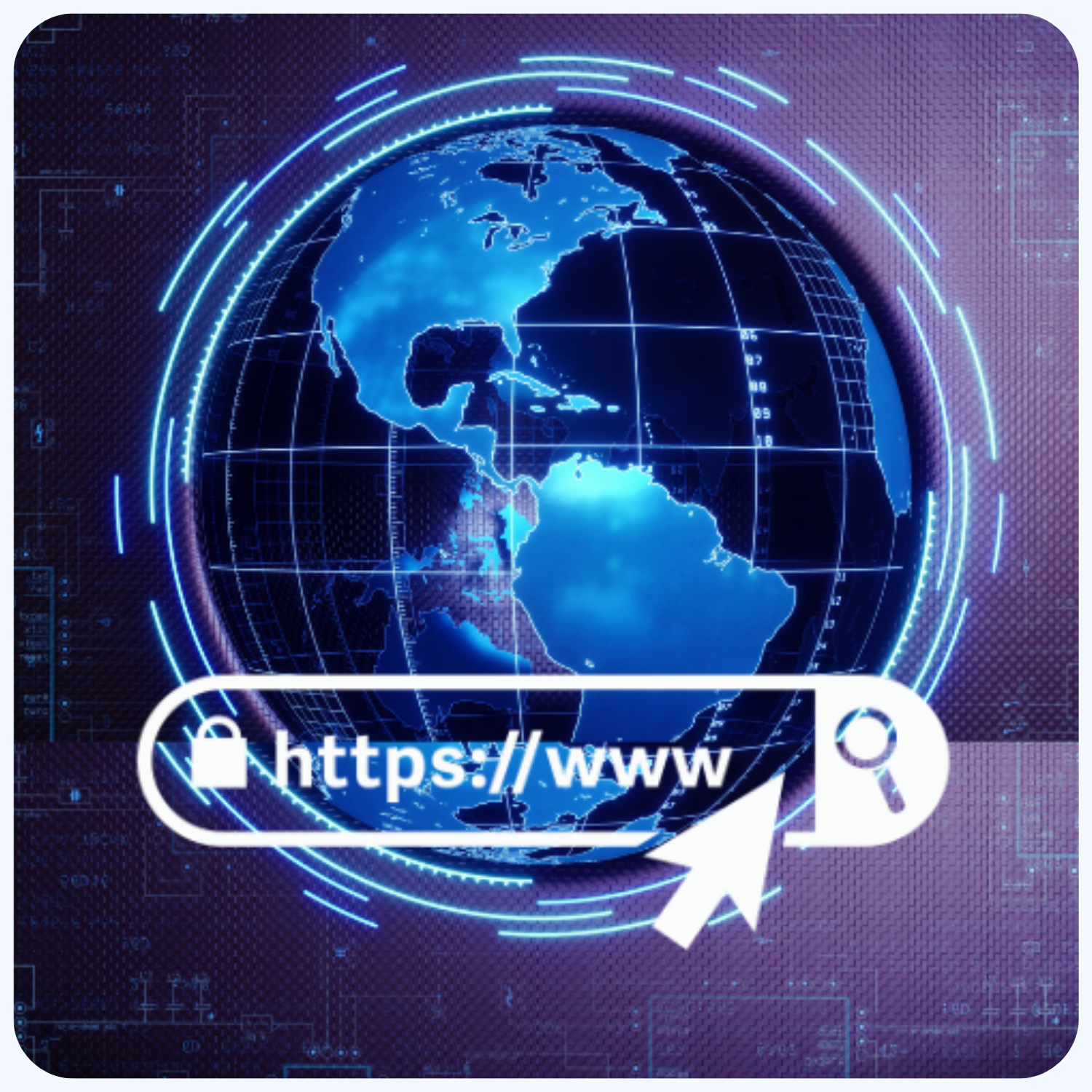SECURITY POSTURE
Cyber threats are increasing rapidly, demanding heightened vigilance from companies. Instead of attacking large cloud service providers, hackers now target individual staffs to steal login information and access company assets. Ezynode prioritises vital data security posture like security awareness training, simulated phishing tests, dark web monitoring, and policy management thwart such attacks.
TOTAL BUSINESS CONTINUITY, COMPELLING COST REDUCTION AND CONTROL
What is Security Posture?
Security posture is like your organisation’s health check-up for protecting its information systems, data, and networks from cyber threats. It’s all about how well your company can spot, defend against, and respond to potential security incidents. It includes everything from the tools and technologies you use to secure your systems to the strategies and policies guiding your overall cybersecurity efforts. When discussing security posture, you might also come across terms like cybersecurity readiness, defense capability, or security stance. These security posture synonyms similarly describe an organisation’s overall ability to protect itself from cyber threats and manage its cybersecurity health effectively.
Importance of a Strong Security Posture
A strong security posture enables an organisation to effectively protect against and respond to cyber threats.
Prevent Cyber Attacks: By having a proactive defense strategy in place.
Comply with Regulations: Meeting industry standards and legal requirements for data protection.
Maintain Trust: Building confidence with customers and partners through reliable security practices.
Respond to Incidents: Quickly addressing and recovering from security breaches to minimise damage.
Strengthen Security Posture
To strengthen the security posture of the organisation, the following measures can be undertaken
-
Deploy advanced security technologies such as next-generation firewalls, endpoint detection and response (EDR) solutions, and security information and event management (SIEM) systems to provide comprehensive protection against evolving cyber threats.
-
Establish a proactive management process to ensure that all systems and software are promptly updated with the latest security patches and updates. This helps mitigate vulnerabilities and reduce the risk of exploitation by attackers.
-
Embrace the principles of zero trust networking to verify and authenticate all users and devices attempting to access the network, regardless of their location. This minimizes the risk of lateral movement and unauthorised access within the network.
-
Implement automation and orchestration tools to streamline security operations and response processes. This includes automating routine tasks, orchestrating incident response workflows, and leveraging artificial intelligence (AI) and machine learning (ML) for threat detection and analysis.
Security Posture Assessment
Regularly conducting a security posture check helps organisations identify vulnerabilities and ensure their defenses are up to date against the latest threats.
Incorporating security awareness training, simulated phishing software, simplified policy management, and dark web monitoring into security posture assessment is vital for ensuring a strong defense against cyber threats. These elements not only aid in identifying gaps in staff-based security knowledge and practices but also contribute to minimising those gaps through continuous reinforcement and proactive measures. By emphasising education, testing, policy clarity, and external threat monitoring, organisations can enhance their overall security posture and better protect against potential breaches and attacks.
-
Enhance and track employee cybersecurity awareness by identifying and addressing individual security gaps through personalised training programs.
Interactive education programs designed to inform and empower individuals within an organisation about potential cybersecurity threats and best practices.
-
Tools that mimic real-world phishing attacks to assess and improve employees' ability to recognise and respond to phishing attempts.
-
Services that continuously scan the dark web for any stolen or compromised credentials or sensitive information related to an organisation, enabling proactive threat mitigation.
-
Streamlined systems and tools aimed at efficiently creating, updating, and enforcing cybersecurity policies across an organisation's network, ensuring compliance and reducing administrative burdens.
Incorporating security awareness training, simulated phishing software, simplified policy management, and dark web monitoring into security posture assessment is vital for ensuring a strong defense against cyber threats. These elements not only aid in identifying gaps in staff-based security knowledge and practices but also contribute to minimising those gaps through continuous reinforcement and proactive measures. By emphasising education, testing, policy clarity, and external threat monitoring, organisations can enhance their overall security posture and better protect against potential breaches and attacks.
Security Posture Levels
Let's talk about IT security posture and cyber security posture levels. Essentially, these are like different levels of readiness in protecting your digital assets. Picture it as a security scale, ranging from basic to mature. Your IT security posture level reflects how well your organisation is equipped to handle potential threats in the digital realm. Meanwhile, your cyber security posture level dives deeper into specifics, like how effectively you're guarding against online attacks or data breaches. It's all about understanding where you stand on the security front and taking steps to level up your defenses accordingly.
Security posture levels generally refer to the varying degrees of readiness and resilience of an organisation's security measures. These levels can range from basic or low to advanced or high, depending on factors such as the effectiveness of security controls, the maturity of security processes, and the organisation's ability to detect and respond to threats. Here's a breakdown of typical security posture levels:
-
At this level, security measures are minimal and often reactive rather than proactive. There may be limited awareness of potential threats and vulnerabilities.
-
Organisations at this level have begun implementing more structured security measures. There's an awareness of potential risks, and basic security controls are in place, though they may not be consistently applied across all areas.
-
Advanced security posture involves a proactive approach to security. Organisations at this level have robust security controls and processes in place, regularly updated to address emerging threats. They often invest in advanced technologies and have a strong security culture.
-
At the mature level, organisations have highly sophisticated security measures integrated into all aspects of their operations. They have a comprehensive understanding of their threat landscape and continuously monitor, evaluate, and improve their security posture.
Improve Security Posture
Improving a company's security posture is crucial in today's digital landscape. To strengthen security posture, organisations need to adopt a multi-layered approach that includes regular risk assessments, employee training, and the implementation of advanced security technologies. By continuously evaluating and enhancing their security postures, businesses can better defend against evolving cyber threats. This involves not only addressing external threats but also ensuring robust internal policies and procedures. Ultimately, the goal is to achieve an overall security posture that is resilient, adaptive, and capable of protecting sensitive data and critical infrastructure from potential breaches.
To enhance the security posture of an organisation, several key strategies can be employed:
These levels are not strictly defined and can vary depending on the organisation's industry, size, and specific security requirements. The goal for any organisation is to continually strive for improvement, moving towards a higher security posture level to better protect against evolving threats.
Continuous Monitoring and Threat Detection
Enhanced Access Controls
Incident Response Preparedness
Security Awareness Training
Data Encryption and Protection
Third-Party Risk Management
Regular Security Assessments and Audits
By consistently applying these measures, businesses can enhance their overall security posture, ensuring resilience against evolving threats and safeguarding sensitive data and critical infrastructure.
Why is Cyber Posture Important?
Cyber posture is vital for defending against cyber threats, protecting data and assets, and preserving valuable resources such as money and time.
Educating staff to act as "Human Firewalls"
Secure sensitive information
Build customer trust
Prevent Identity Theft
Avoid legal and financial risks
Protect intellectual property and brand reputation
DON’T LET RANSOMWARE HOLD YOUR BUSINESS HOSTAGE
SEE ALL OUR CLOUD SOLUTIONS
Solution to give you Peace of Mind

Subscribe To Our Newsletter
Subscribe for exclusive cybersecurity insights and offers straight to your inbox.
We respect your privacy








